Picking proper cabbage companion plants can improve the health and vitality of your garden. Here's a guide on which work with cabbage and which plants won't work at all!
Cabbage is a cool-season vegetable belonging to the cole crop family, Brassicaceae, along with kale, cauliflower, and brussels sprouts. It is a biennial vegetable commonly grown as an annual for its densely packed leafy heads.
This cruciferous veggie comes in a wide variety of colors and sizes, the most common color is green, which has a crunchy texture and a slightly sweet flavor. The leaves can range in size from small and ruffled to large and crinkly. Red or purple cabbage is similar in size to green, but it has a milder flavor with a hint of spice. Its vibrant purple hue makes it perfect for salads and coleslaw recipes.
White cabbage (also called pale green) is the mildest-tasting variety of cabbage, with an almost nutty aftertaste when cooked. Its large leaves are ideal for making wraps or stuffing with meat and vegetables for hearty meals such as stuffed cabbage rolls.
I use white flat cabbage to sour cabbage for sour cabbage rolls, my sister uses both green and red cabbage for her homemade raw sauerkraut.
Cabbage can be susceptible to attack by many pests, as well as fungal and bacterial diseases. To protect your plants from these issues, it is important to practice good crop rotation and companion planting in garden beds are a couple of ways to help ensure a successful harvest of healthy, flavorful cabbage!
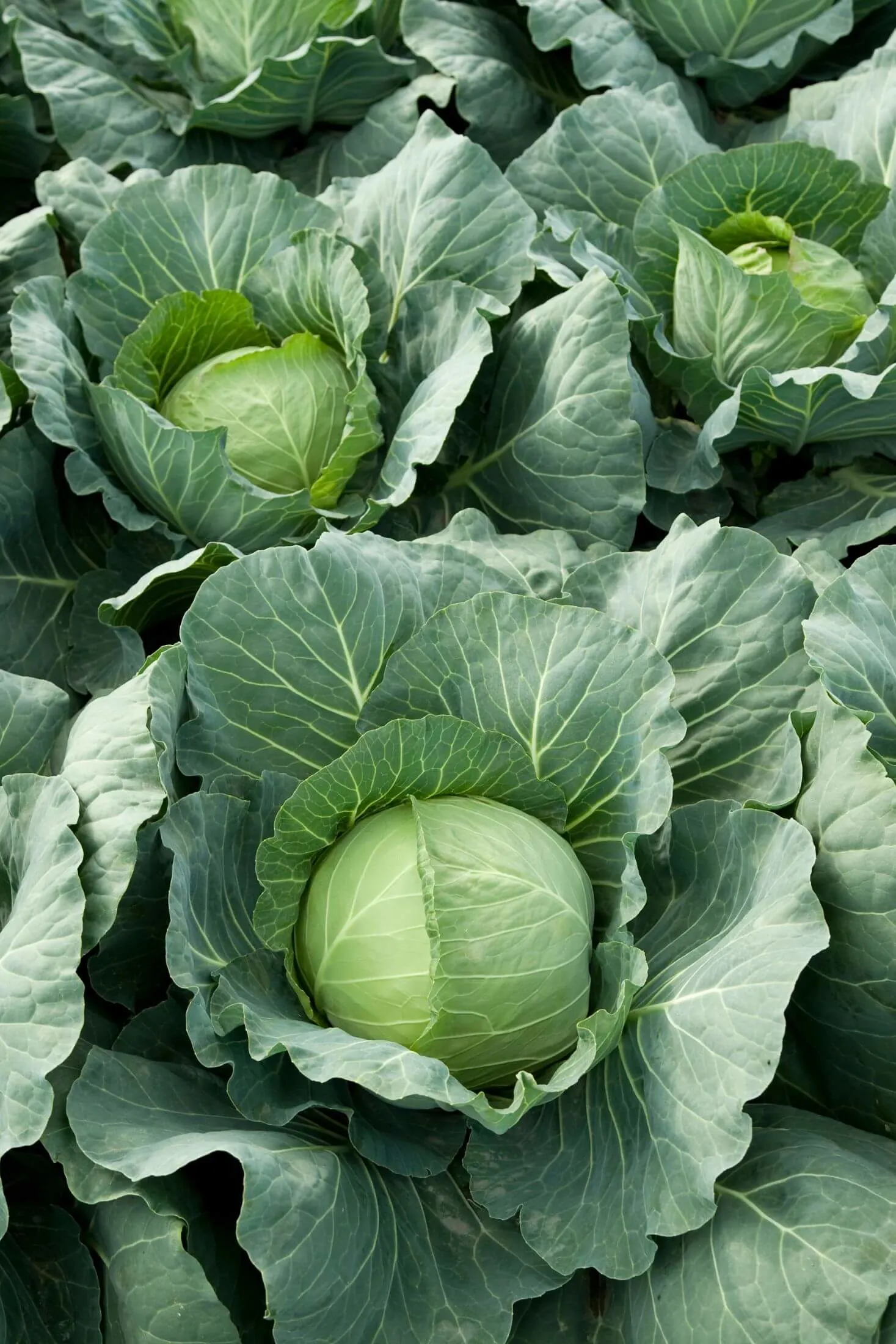
As an Amazon Associate I earn from qualifying purchases.
Jump to:
What Is Companion Planting?
Companion planting is the gardening practice of growing two or more plant species together in order to benefit one or both. The benefits of companion planting include increased disease control and resistance, improved pest deterrence, improved soil health, increased diversity in a vegetable garden or crop system, improved plant vigor, higher yield, and improved nutrient availability. Companion plantings are often used to attract beneficial insects or predatory insects.
By strategically combining plants that have positive relationships, it’s possible to take advantage of all of the benefits of companion plants to optimize yields from your vegetable crop. Not all companion plants need to be directly interplanted in close proximity to cabbage to offer the same effectiveness. Many of these plants can be planted along the edge of the garden plot or placed in the garden in containers without diminishing their pest control superpowers.
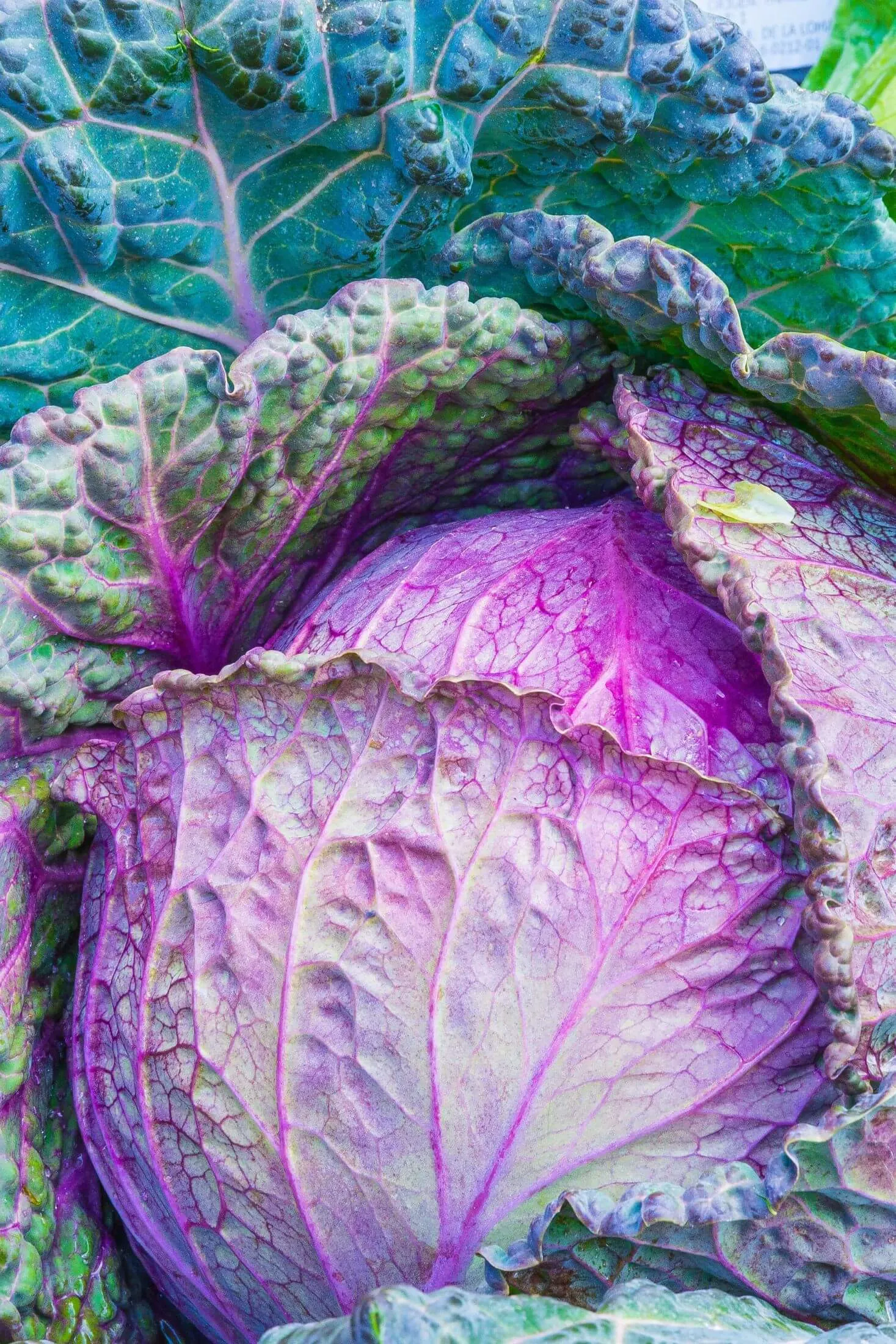
Cabbage Cautions!
As a member of the brassica plant family, cabbage has allelopathic qualities, meaning it produces chemicals that can exude from its leaves and roots to protect itself from pests and diseases. These chemicals can inhibit or reduce the growth of other plants around them, which is known as allelopathy.
This makes companion planting cabbage tricky because while it can be beneficial in terms of pest control, it also has the potential to inhibit the growth of other plants nearby. Therefore, it's important to carefully select neighboring plants that are resistant enough to tolerate this behavior.
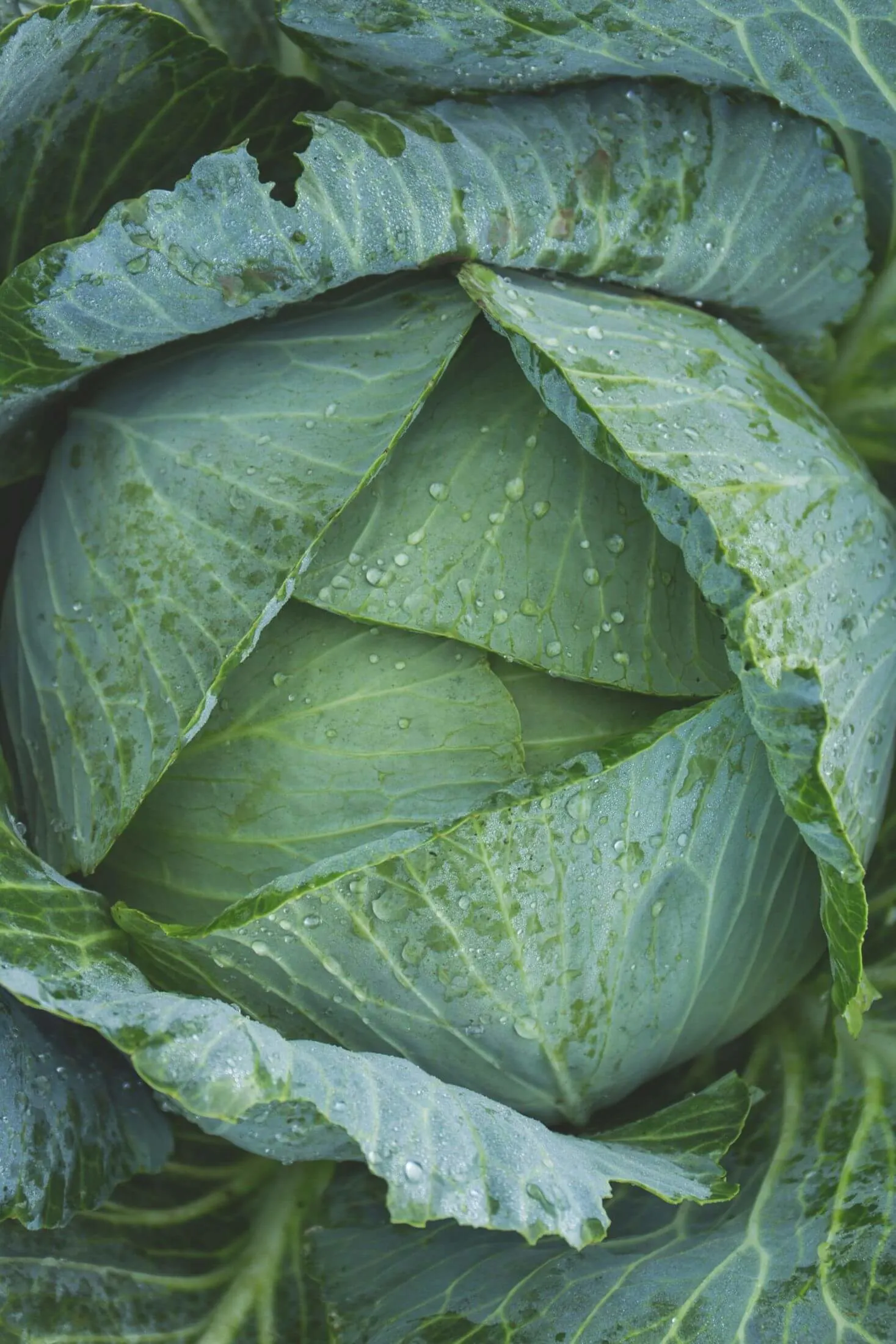
Best Cabbage Companion Plants
Agastache:
Agastache, also known as anise hyssop, is a great companion plant for growing cabbage. It's an easy-to-care-for perennial with stunning purple spires.
It can be planted a little ways away from where the cabbage grows to lure away pesky cabbage moths.
Not only does this beautiful flower protect the brassica crops from damage, but it also attracts beneficial pollinators like bees to the area, providing them with food sources in your garden and ultimately enriching your plants' fruits and vegetables.
Growing Agastache is a great way to both protect and encourage greater biodiversity in your garden!
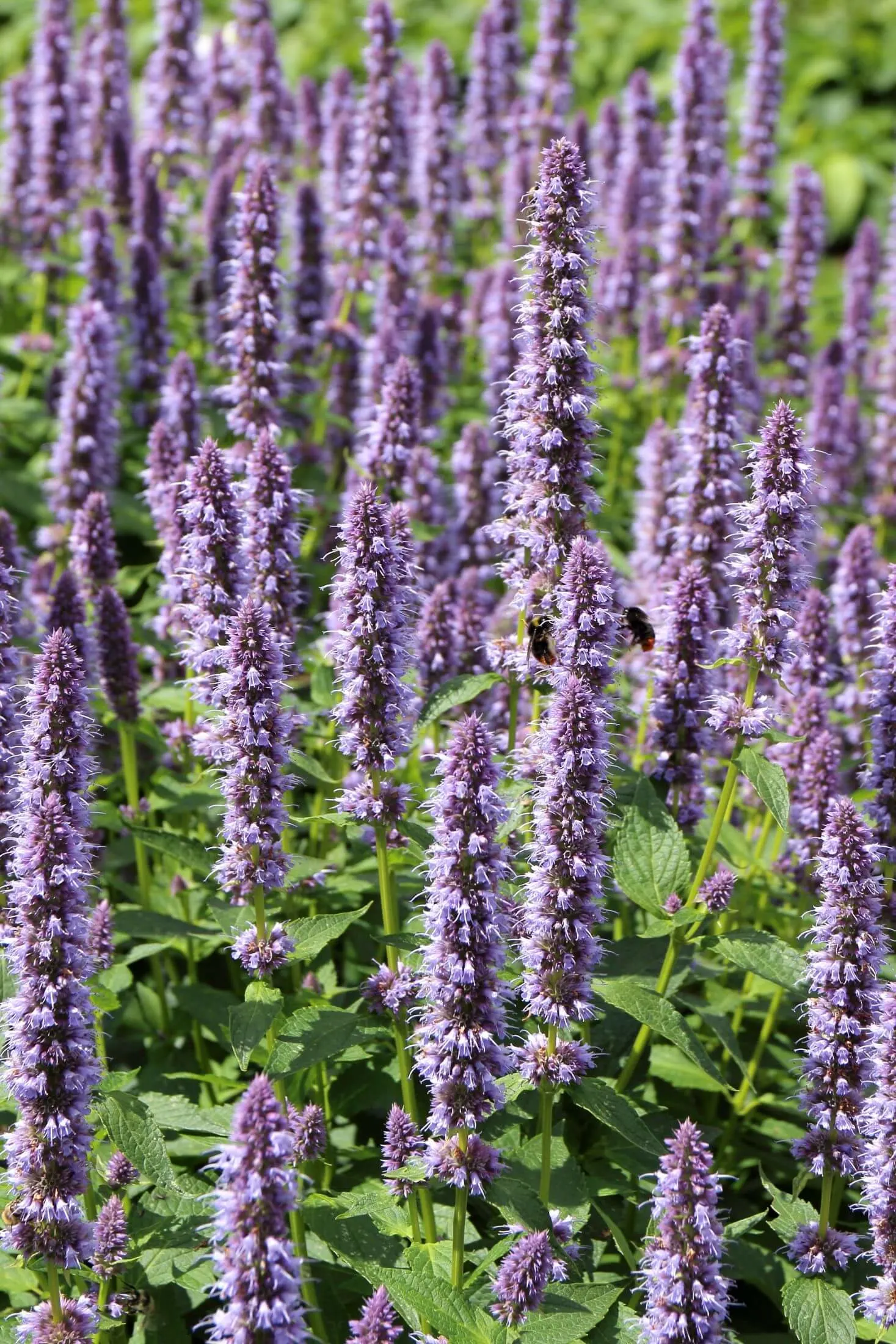
Alliums:
Another delicious way to deter insect pests! Garlic, like many members of the allium family - including onions and chives - is super fragrant and helps to mask the scent of yummy cabbage heads from cabbage moths and larger pests, like foraging rabbits and deer from snacking on your crops.
Garlic and onions are narrow, tall growing plants that occupy different garden space than the rounded cabbage plants making this pairing a space-savvy interplanting duo.
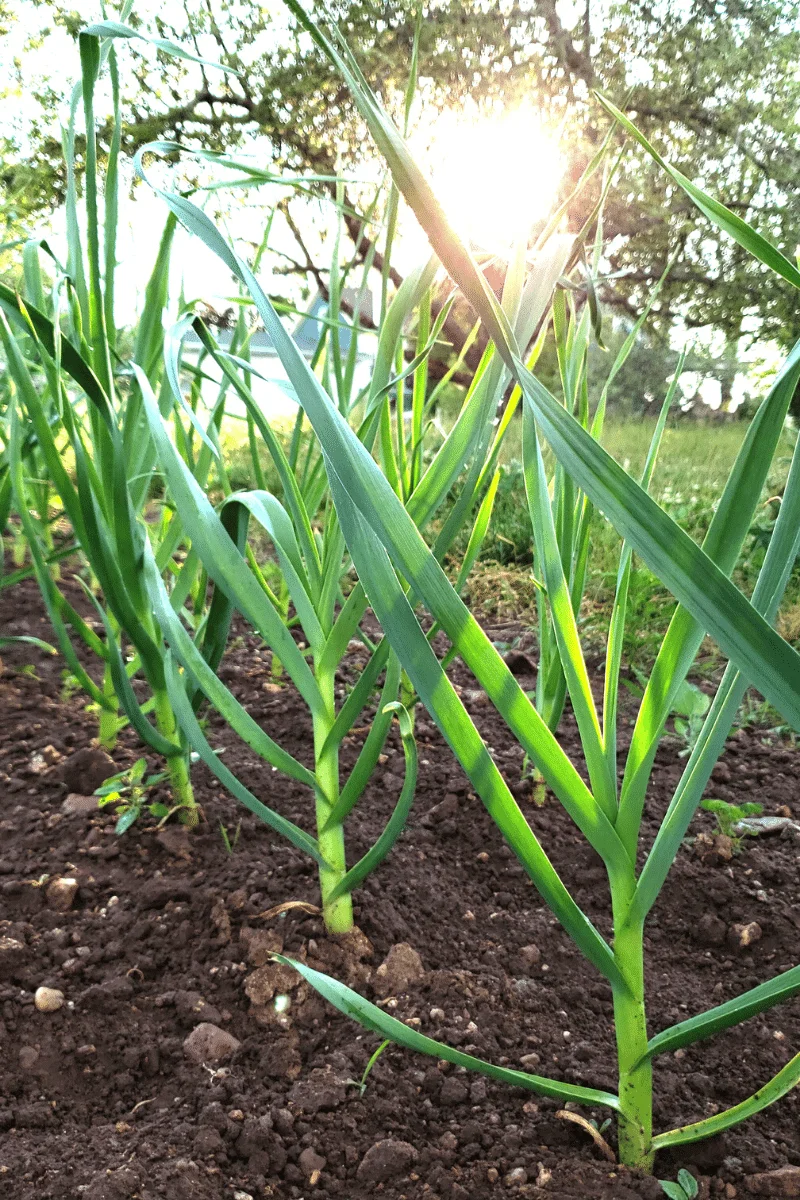
Borage:
Borage is a beneficial companion plant for cabbage, offering multiple advantages.
Not only does it deter pesky cabbage moth caterpillars, but its sweet-smelling blue flowers also attract a variety of helpful insects including pollinators that can increase yields.
As if that weren't enough, the leaves and flowers are edible, giving you the opportunity to add this herb to salads or garnish some dishes for improved flavor. With borage in the garden, your cabbage plants will have better chances of thriving.
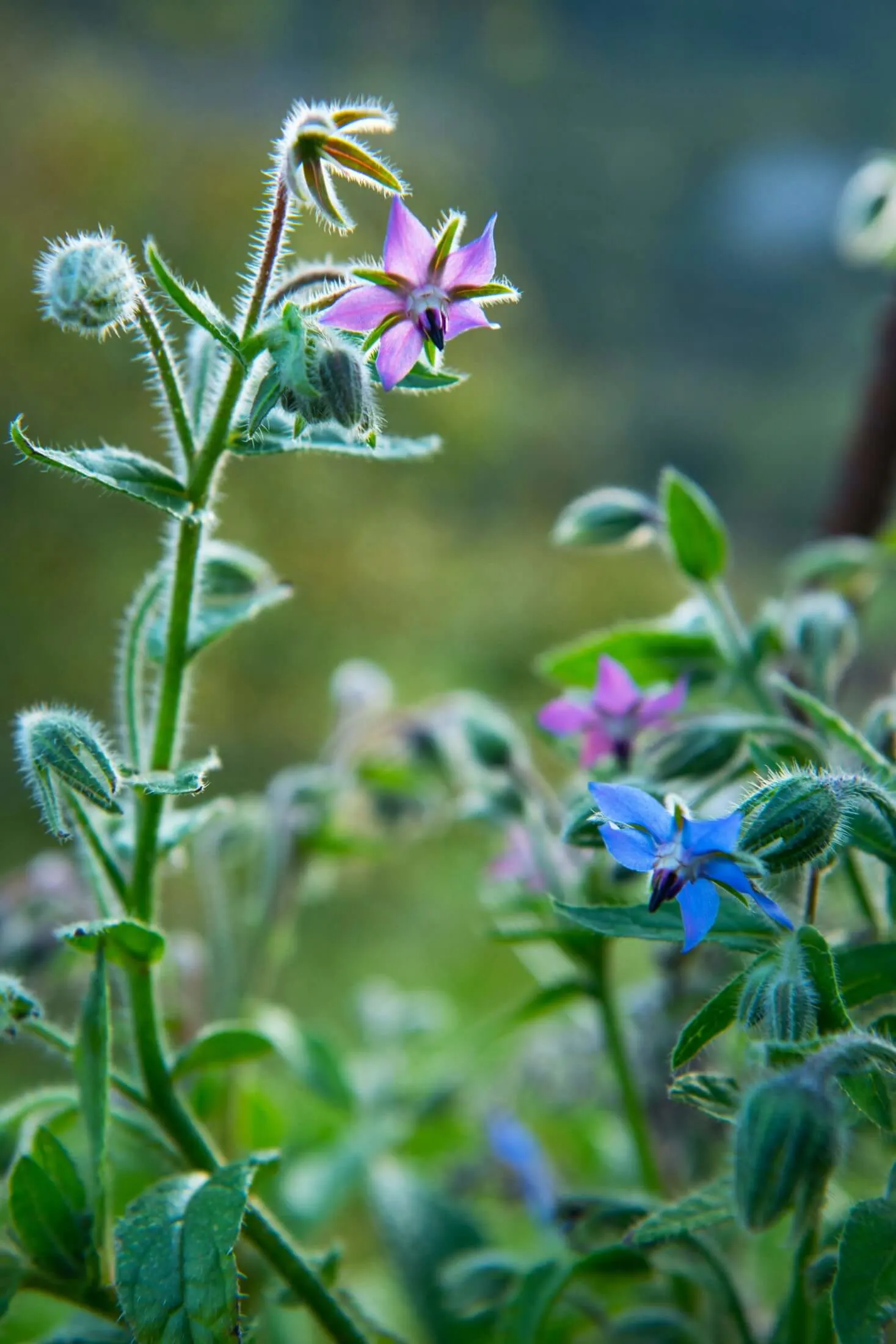
Beans + Peas:
Bush beans, pole beans, and peas are great companion plants for cabbage, in part because they are all cool-season crops. Since these types of vegetables require similar growing conditions, planting them together can save on garden space and make managing the garden much easier.
They also help bring important benefits to the soil – green beans, and peas have nitrogen-fixing capabilities that help restore nutrients in the soil, which results in healthier growth for the cabbage. Having healthy soil also leads to stronger yields overall, making this combination of plants a great choice for any gardener looking to get the most from their space.

Clover:
Clover can be an excellent companion plant for cabbage. By planting crimson clover around the base of the plant, you can help deter pesky cabbage worms, as well as create a living mulch that helps retain soil moisture and control weeds. An added bonus is that the clover helps increase beneficial predatory insect populations to further reduce the presence of harmful pests.
Clover also has a beneficial effect on soil health as it has the ability to capture atmospheric nitrogen and fix nitrogen into the soil in a plant-available format.
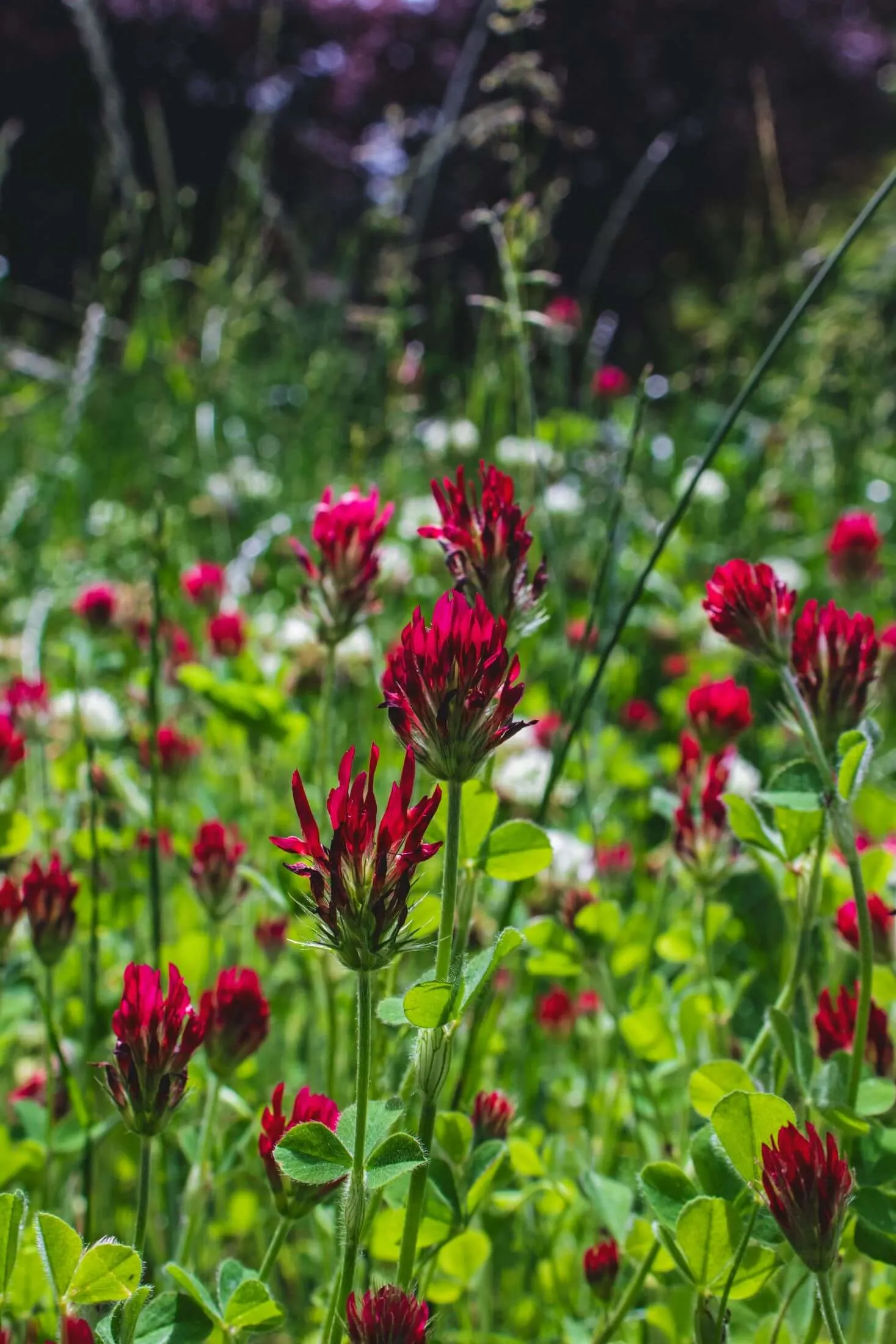
Dill:
Dill is not only delicious, but it's also a totally useful garden dweller. The strong scent emitted by dill plants helps to confuse, repel, or deter pests like cabbage moths and cabbage worms from their preferred cruciferous snack.
When allowed to flower, the aromatic flowers attract beneficial insects and pollinators (and me!) to their large, bright yellow umbels. As an added bonus, these umbels make the perfect flavor punch inside your jar of half sour pickles!
Like fennel, dill's strong fragrance attracts lacewings, ladybugs, and hoverflies to your garden to feast on nasty pests like aphids, too.
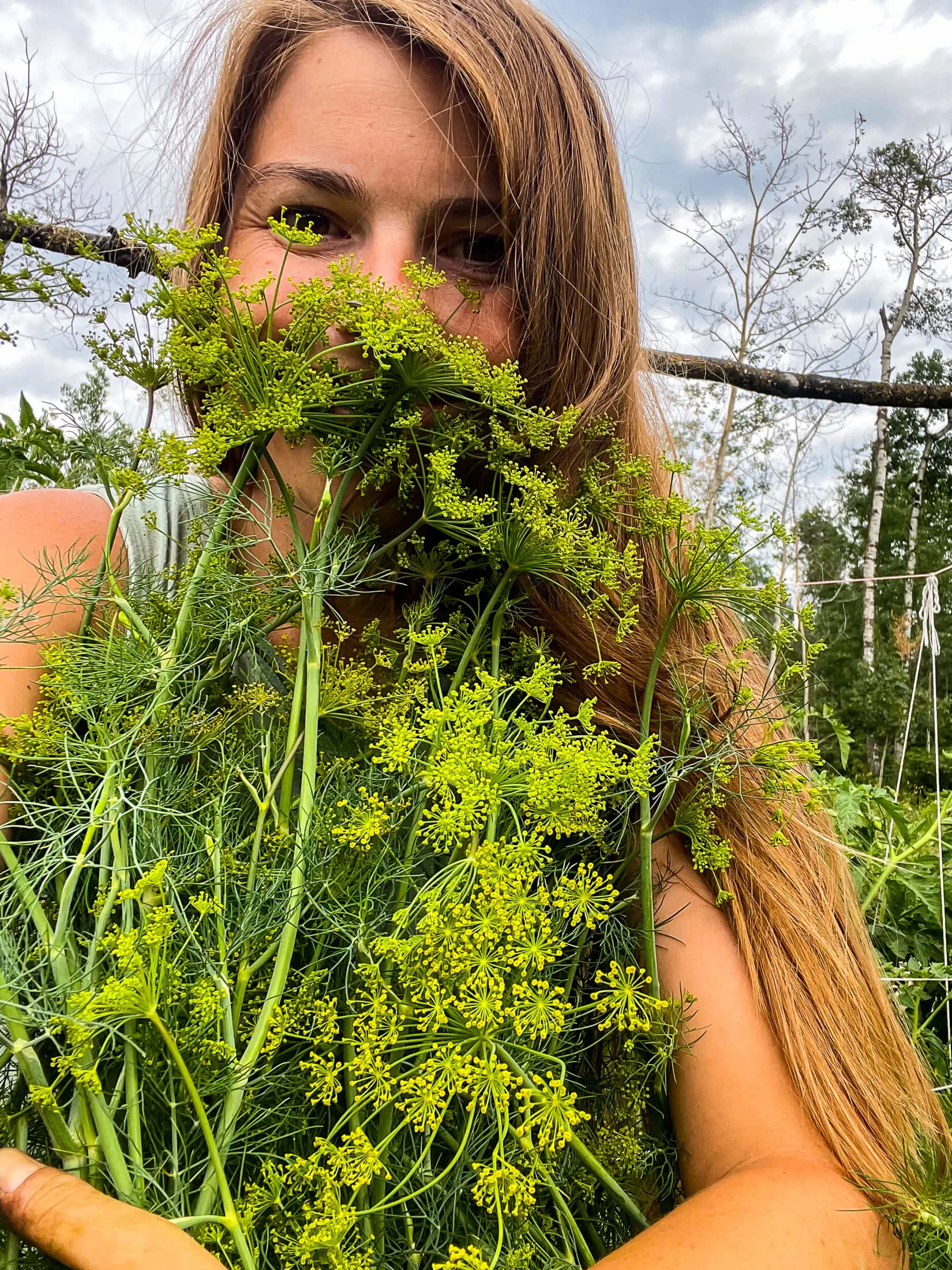
Leafy Greens:
Spinach and arugula make good companion plants for cabbage - not only are they all cool-season crops, but the additional leafy plants can serve as a living mulch that helps to retain moisture in the soil.
Additionally, these companion plants are a cut-and-come-again crop, meaning that you get several harvests out of them: making them both a space-effective solution for planting alongside cabbages.
Planting spinach and arugula with cabbages is a great way to create a low-maintenance garden while still providing flavorful produce to enjoy throughout the season!
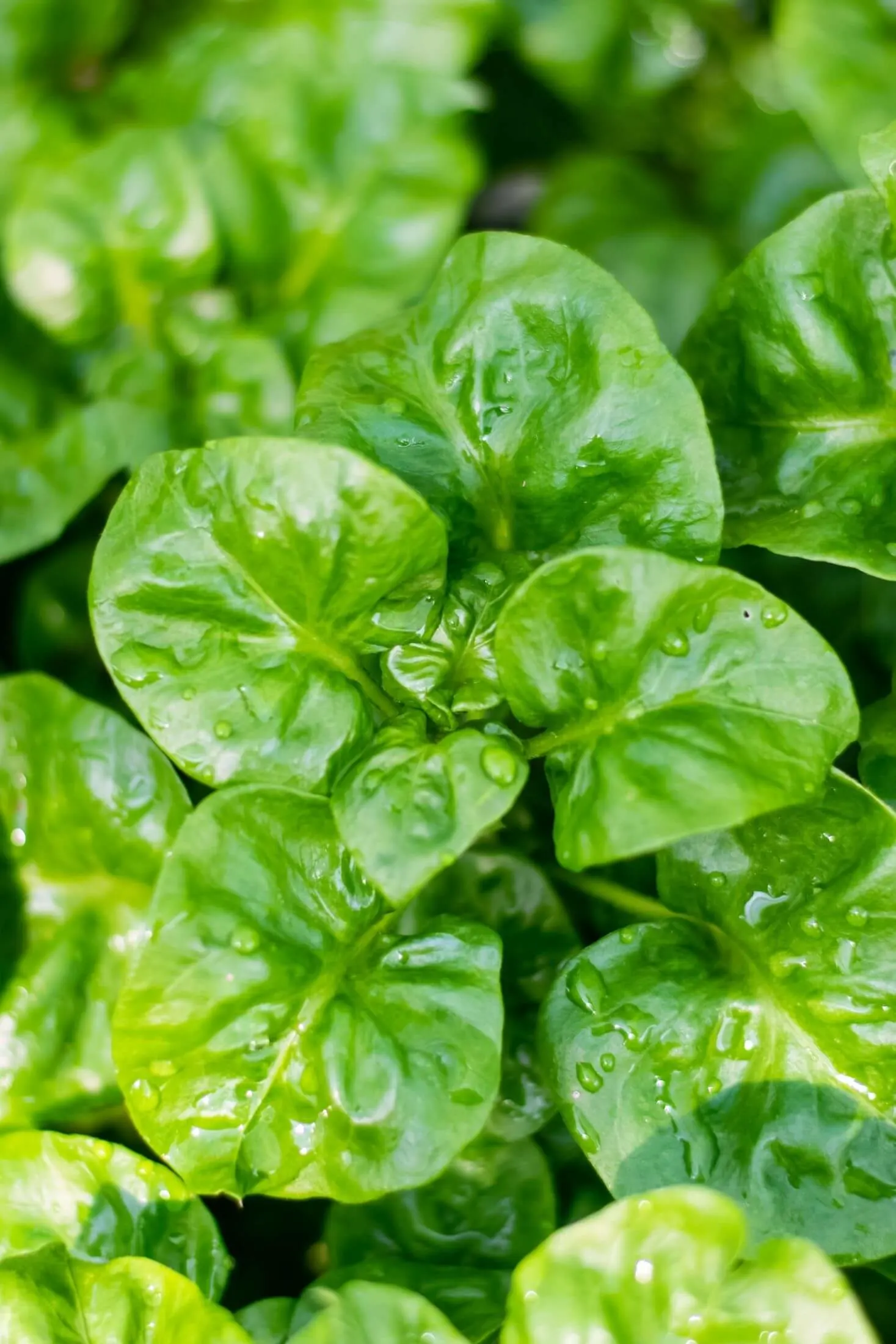
Marigolds:
The humble french marigold comes in clutch again! Marigolds are good companions to many garden crops like cantaloupe, watermelon, sweet potato, and pumpkin!
Marigolds are a great option for companion planting with cabbage Their pungent aroma deters many pests, including aphids and whiteflies. PLUS they excrete a chemical that deters root nematodes from munching on your cole crops!
As an added bonus, marigolds are a beautiful addition to any garden and come in a variety of colors.

Mint:
Mint is a great companion plant - with an asterisk. Mint can be incredibly invasive in growing zones that allow for its perennialization. The thick rhizomes spread prolifically and can choke out and overtake many plants.
Mint's strong scent repels cabbage moths, flea beetles, and aphids that like to snack on brassicas. Mint, surprisingly enough, is great at attracting earthworms which are excellent for soil health, as well as attracting beneficial insects like predatory wasps that help control pest populations.
If you're using mint as a companion plant, it's best to keep it confined to a pot, unless you're like us, where mint doesn't survive our cold, brutal winters!
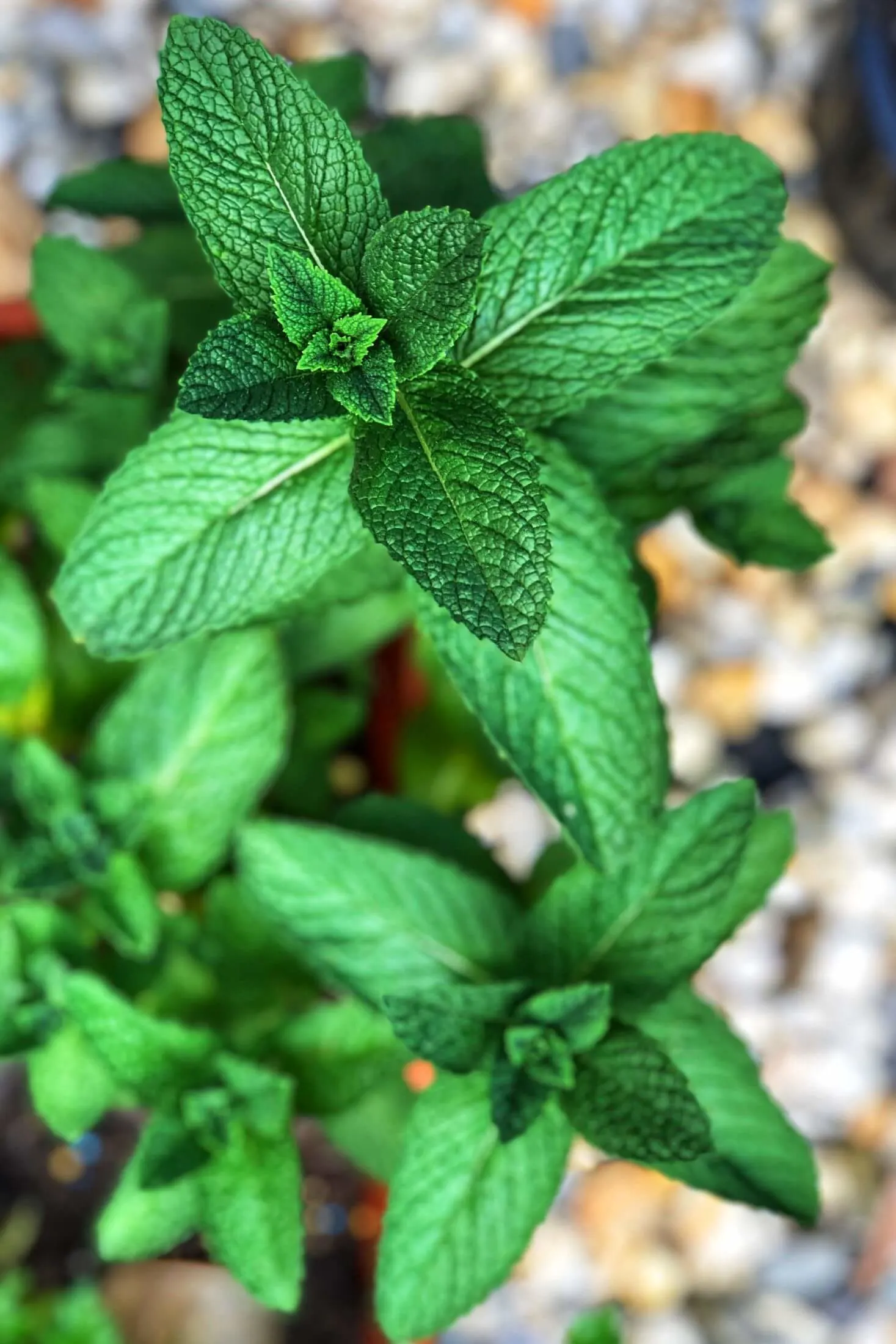
Nasturtiums:
Nasturtium is another one of our favorite companion plants around the homestead. We planted it extensively in the food forests last summer and absolutely loved having the beautiful, peppery-flavored flowers in our summer diet.
They're easy to grow and can definitely handle a bit of neglect. (HA!) And not only do nasturtium flowers attract bees and other pollinators through the entire season with their long flowering habit, but they also act as a trap crop, sacrificing themselves to entice aphids, flea beetles, and whiteflies away from your hard-fought cabbage.
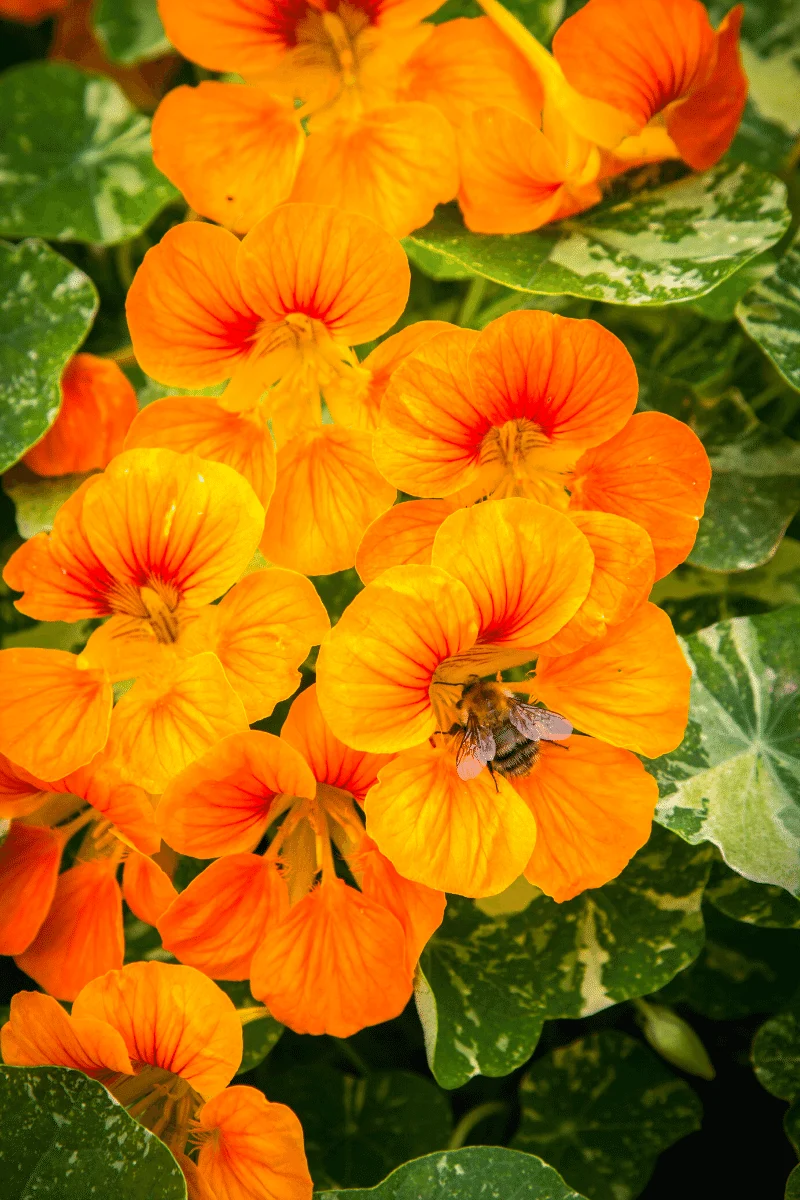
Parsely:
If you've grown cabbage before you know all about the cabbage moth and all the gross wormies that like to take up residence in your brussels sprouts, cauliflower, broccoli, and other brassicas. They're a scourge and so difficult to conquer.
But parsley can help ease the pest pressure on your beloved cruciferous veg, it attracts parasitic wasps who dine on the moths at the egg stage - before they can destroy your harvest and open it up to disease and fungi.
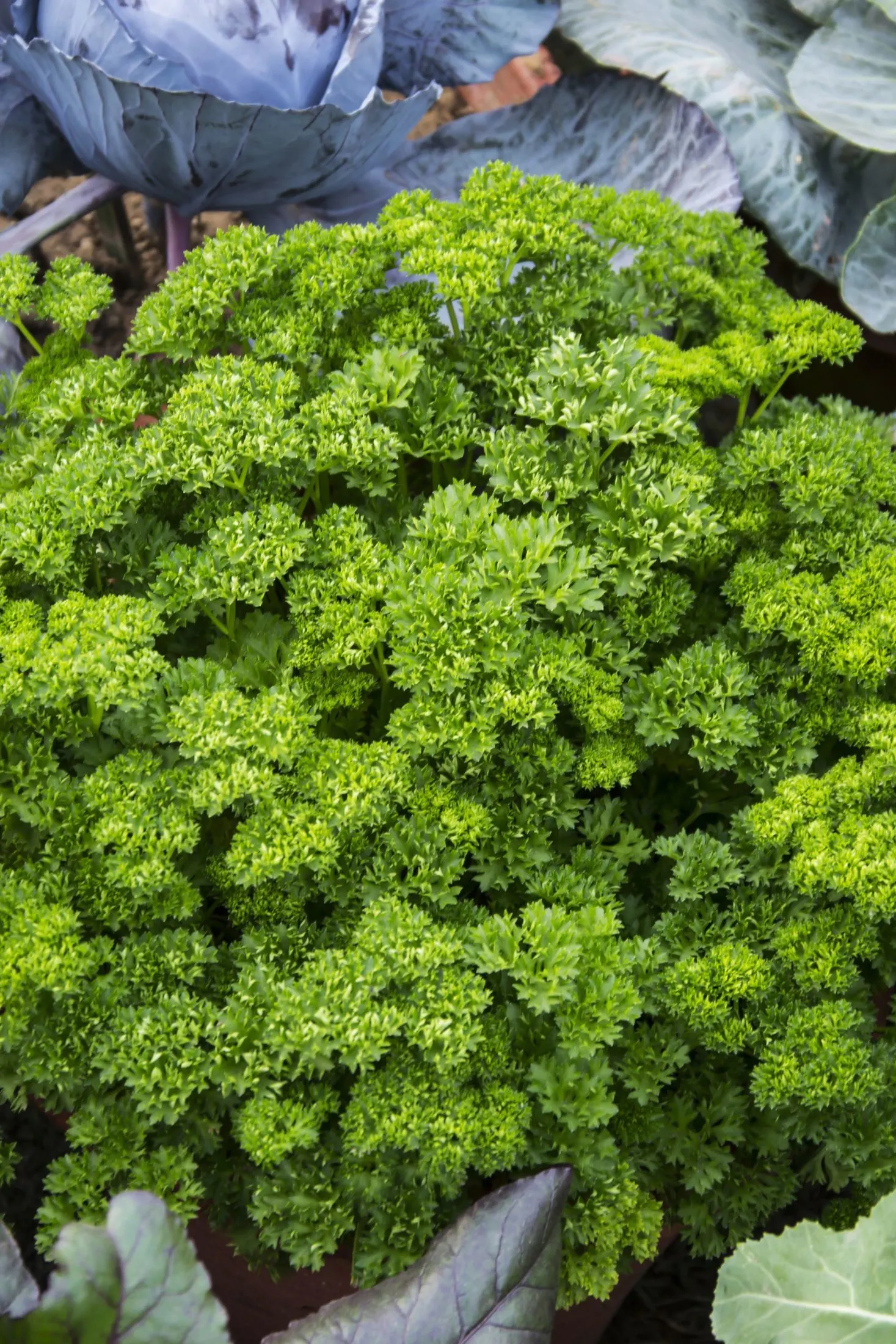
Potatoes:
Surprisingly, potatoes are an excellent crop to grow near your cruciferous cabbage. They act as a trap crop and can withstand the feasting of flea beetles much better than cabbage, cauliflower, and kale, ask me how I know!
In addition, potatoes store their starch below the soil surface and have a small shrubby growth habit that doesn't compete with the space and growth needs of your cabbage. I like to plant cabbage near my fingerling potatoes!
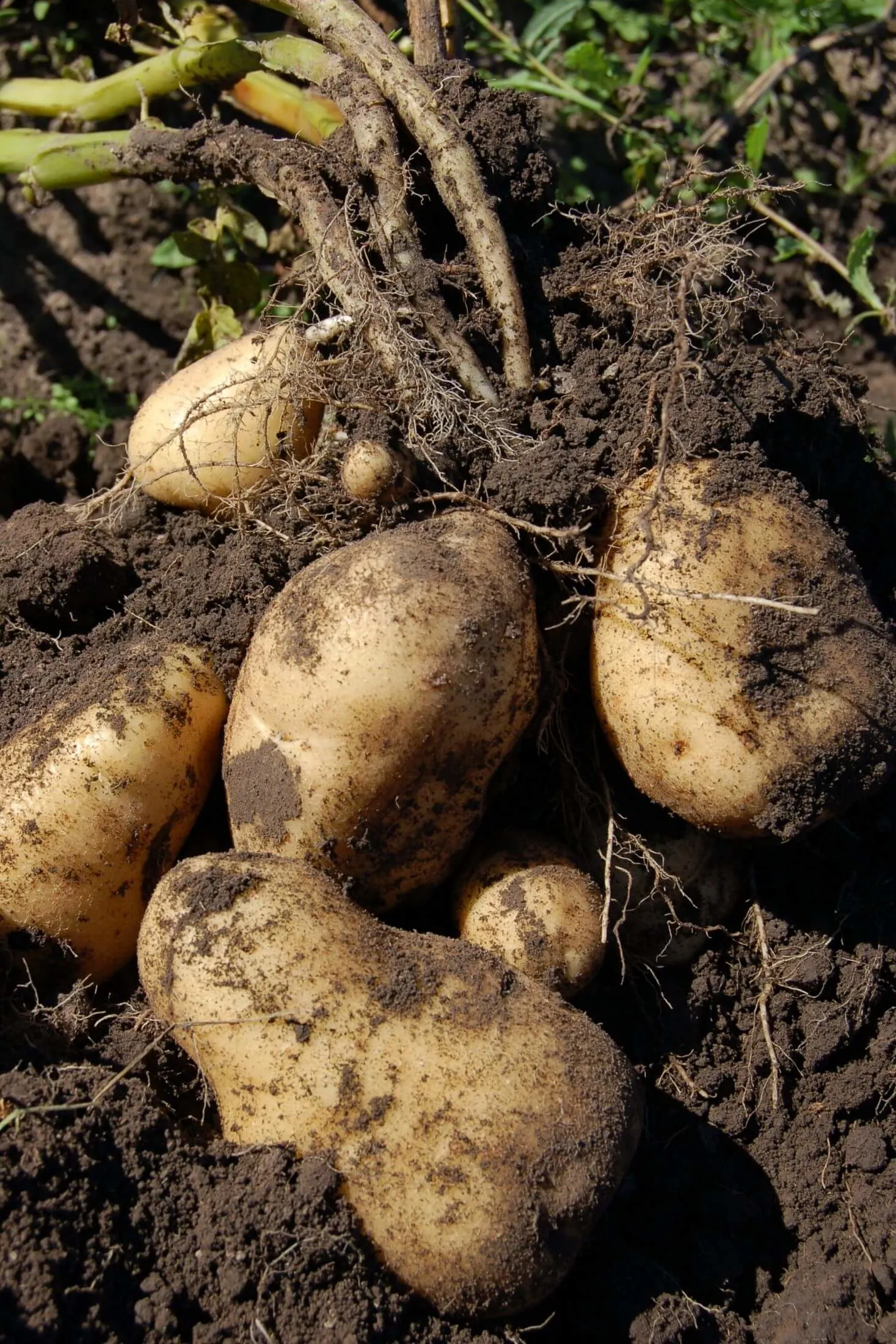
Sage:
This wise herb attracts both parasitic wasps and hoverflies which help control the aphid population in the garden. The same fragrance that attracts also repels foragers like deer and cabbage moths. Other aromatic herbs like rosemary have the same effects on unwanted cabbage moths!
Its large, purple blossoms emit a scent that is irresistible to friendly pollinators.
Sage can also withstand drier conditions, bordering on drought, so it can withstand being planted next to a heavy feeder like cabbage.

Turnip
Turnip makes a great companion plant for members of the cabbage family, more for the other veggies than the turnips! The turnip is a good trap crop and attracts aphids, slugs, and other hungry munchers away from your cabbage.

Worst Cabbage Companion Plants
Brassicas:
Although brussels sprouts, cauliflower, and most other brassicas have similar growing and water requirements as your cabbage, they are susceptible to the same pest problems. Planting too many cole crops together makes it an all-you-can-eat buffet for cabbage worms, flea beetles, cabbage loopers, and more.
You'll also be creating tons of competition for space, water, and nutrients as brassicas are heavy feeders. You're best to plant these with a little distance between them.

Pumpkins:
Cole crops like cabbage, kale, cauliflower, and broccoli can stunt the growth of pumpkins, so it's best to avoid planting them near your pumpkin patch.
Brassicas are nutrient and water-hungry plants and can really uptake a ton of nutrients from the soil during the growing season leaving your pumpkin plant lacking. It's best to keep them in different corners of the boxing ring!
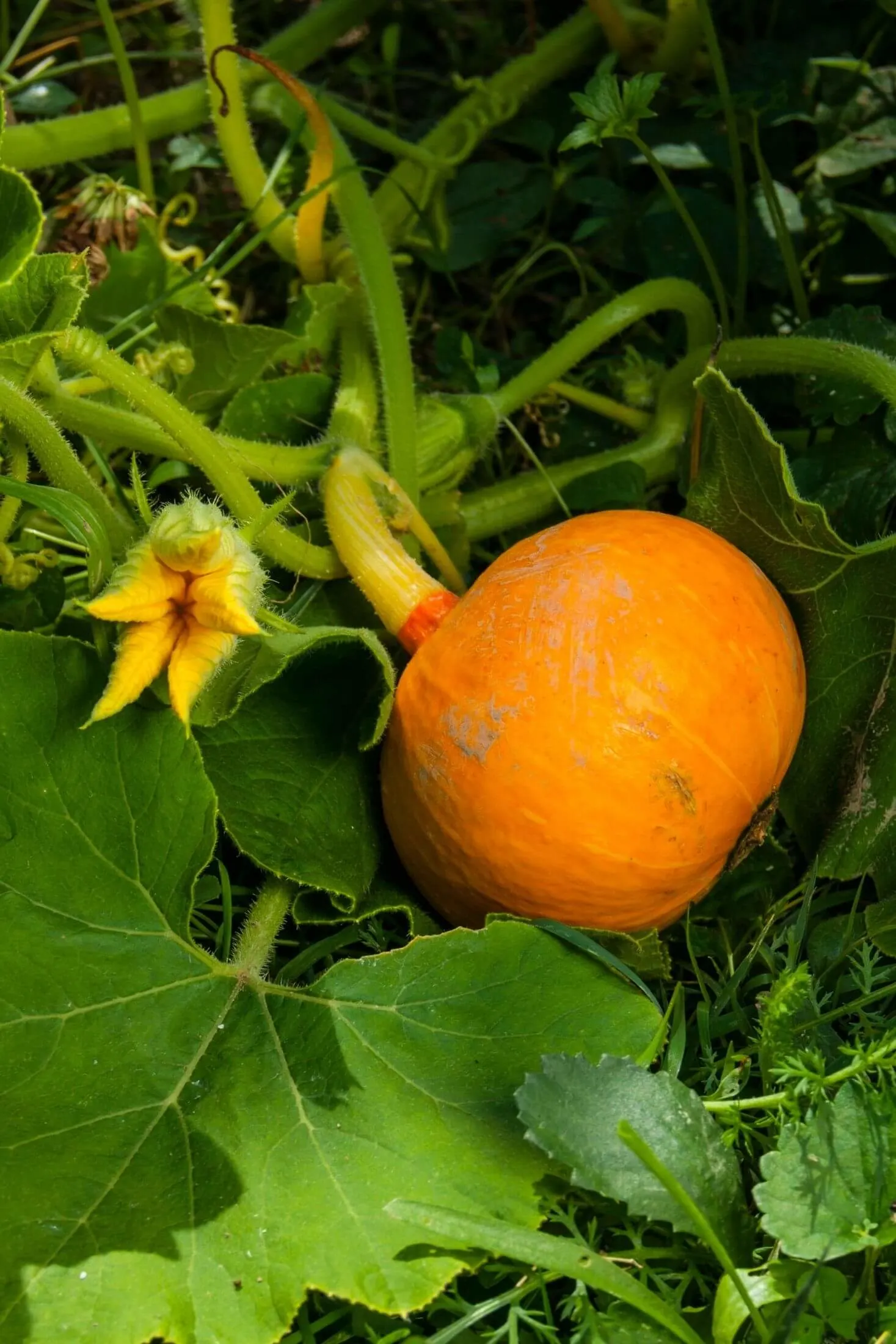
Strawberries:
It's good practice to avoid planting cabbage in your strawberry beds. It is believed that brassicas inhibit the growth of strawberry plants. Strawberries are low-lying ground cover plants that have the tendency to harbor slugs and other pests you'd prefer to keep away from your crunchy cabbage.
Another point to consider is that cabbage plants are heavy-feeding annuals while your strawberries are perennials. The cabbage can deplete soil nutrients and water at a much faster rate than strawberries, which leads to poor yields for both crops, and damaged roots for your berry plants!
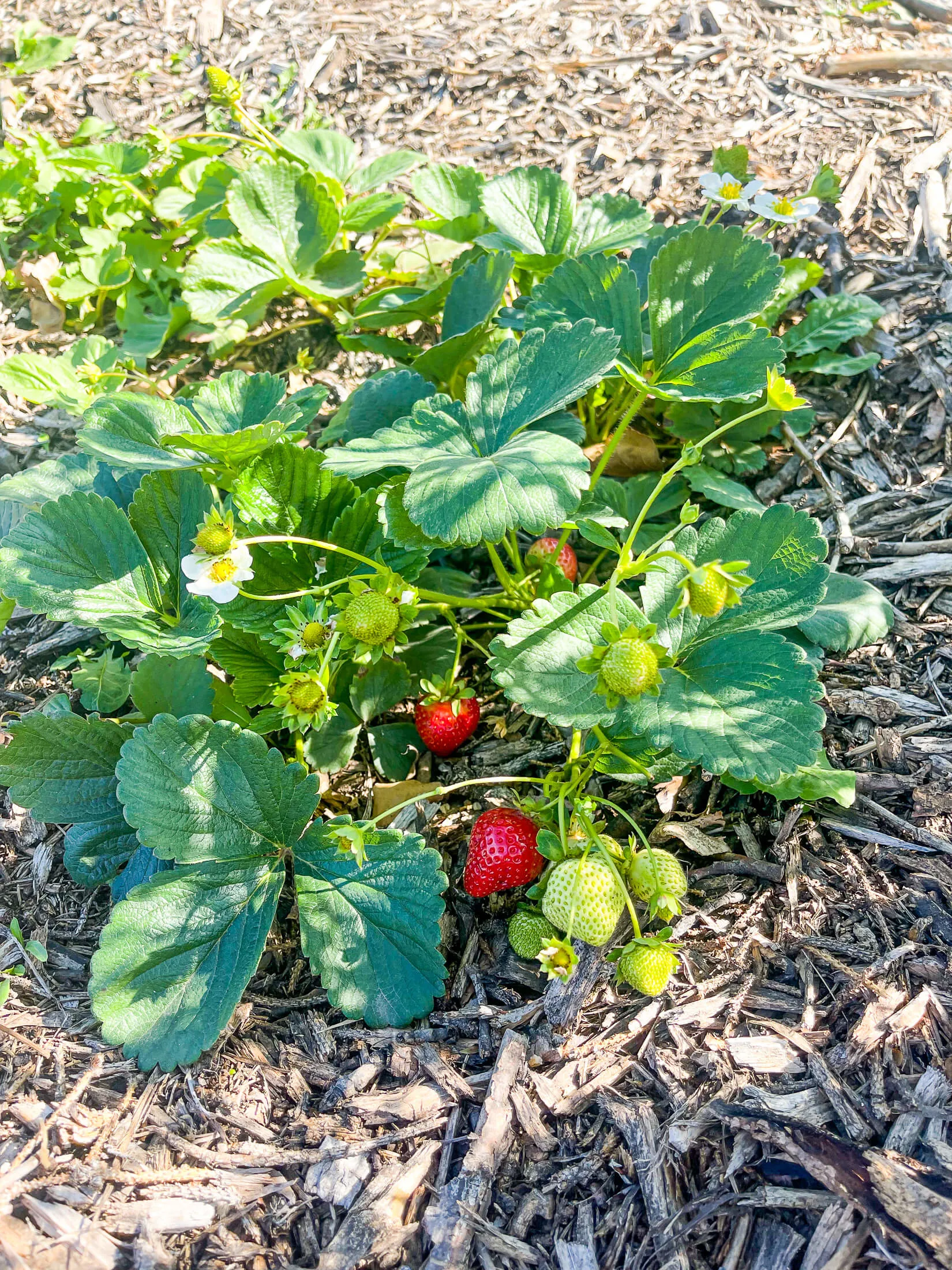
Tomatoes + Peppers:
Pairing two heavy nutrient and water feeders together is almost always a recipe for disaster. Combining tomato or pepper plants with your cabbage will likely reduce the yield and vigor of both plants.
Space pepper and tomato plants and cabbage out for the best results.

More Companion Planting Guides:
Thoughts From The Homestead Garden
Growing your own cabbage can be difficult due to the large number of pests that love the flavor of cabbage. To help alleviate the pressure from these common garden pests is important to consider the benefits offered by companion planting. Parsley, potatoes, sage, and turnip all make great companions for your cabbage crop, helping to attract beneficial insects and repel unwanted pests.
On the other hand, it is best to avoid planting brussels sprouts, cauliflower, pumpkins, strawberries, tomatoes, and peppers near your cabbage plants. By considering the companion plants around your cabbage crop you can create a balanced ecosystem in your garden for the optimal growth of your vegetables!
Pin This Cabbage Companion Planting Guide!

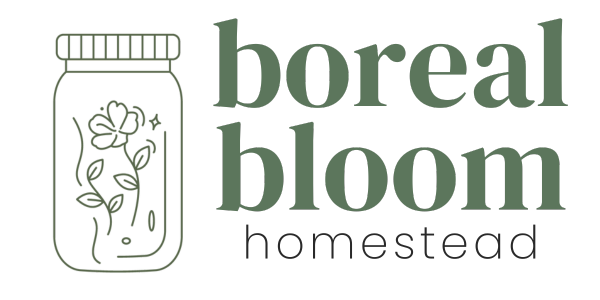
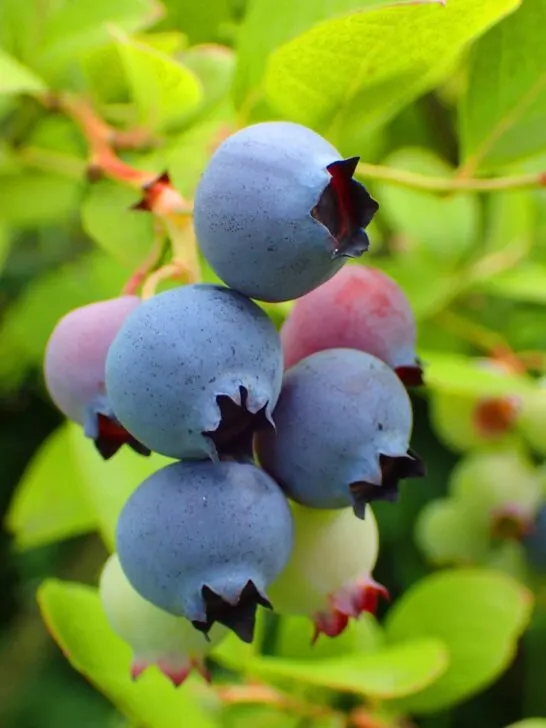

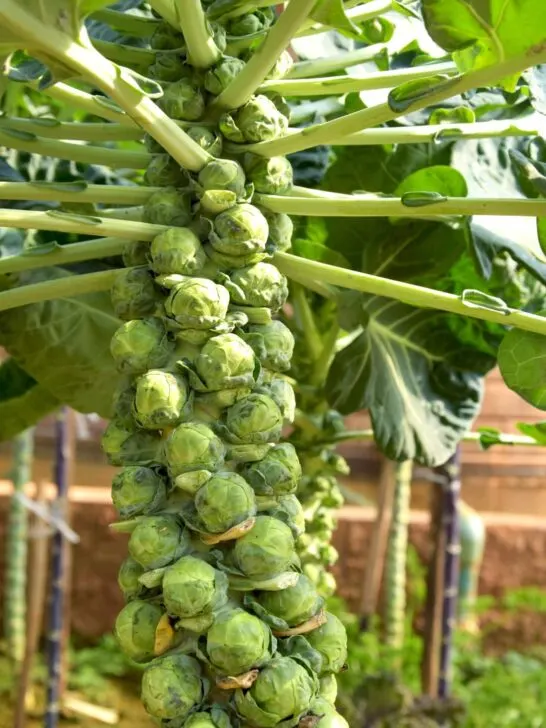
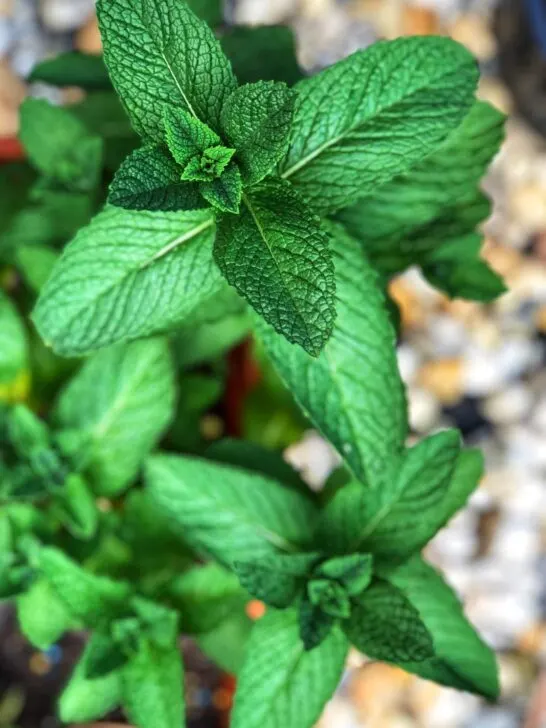
Linda Williams
Sunday 18th of June 2023
Do I plant Bok choy like I would be planting cabbage? Same companions, soil, etc. or do I treat it differently from regular cabbage?
Ally
Monday 19th of June 2023
Absolutely! Bok choy is a member of the brassica family, so its usually a safe bet to use companion plants from other varieties of the same family!